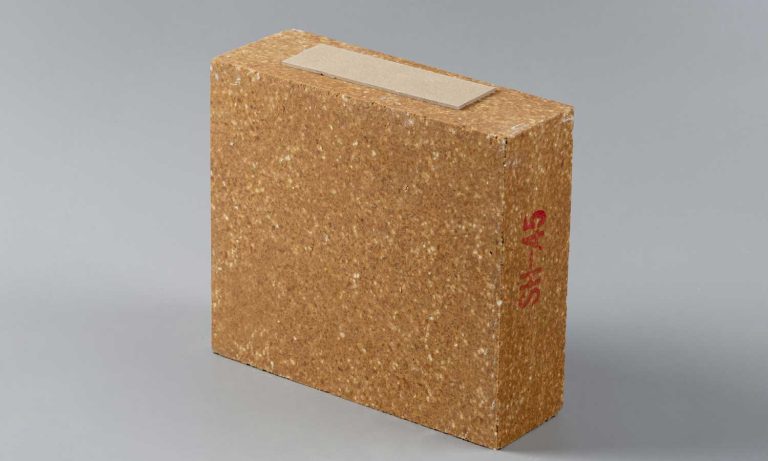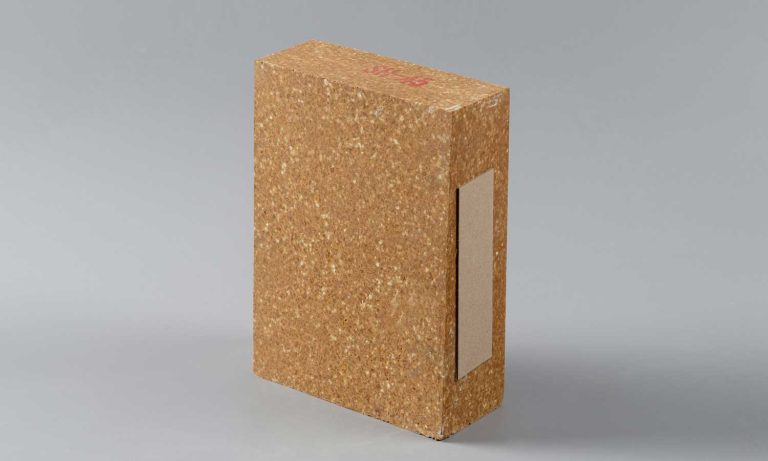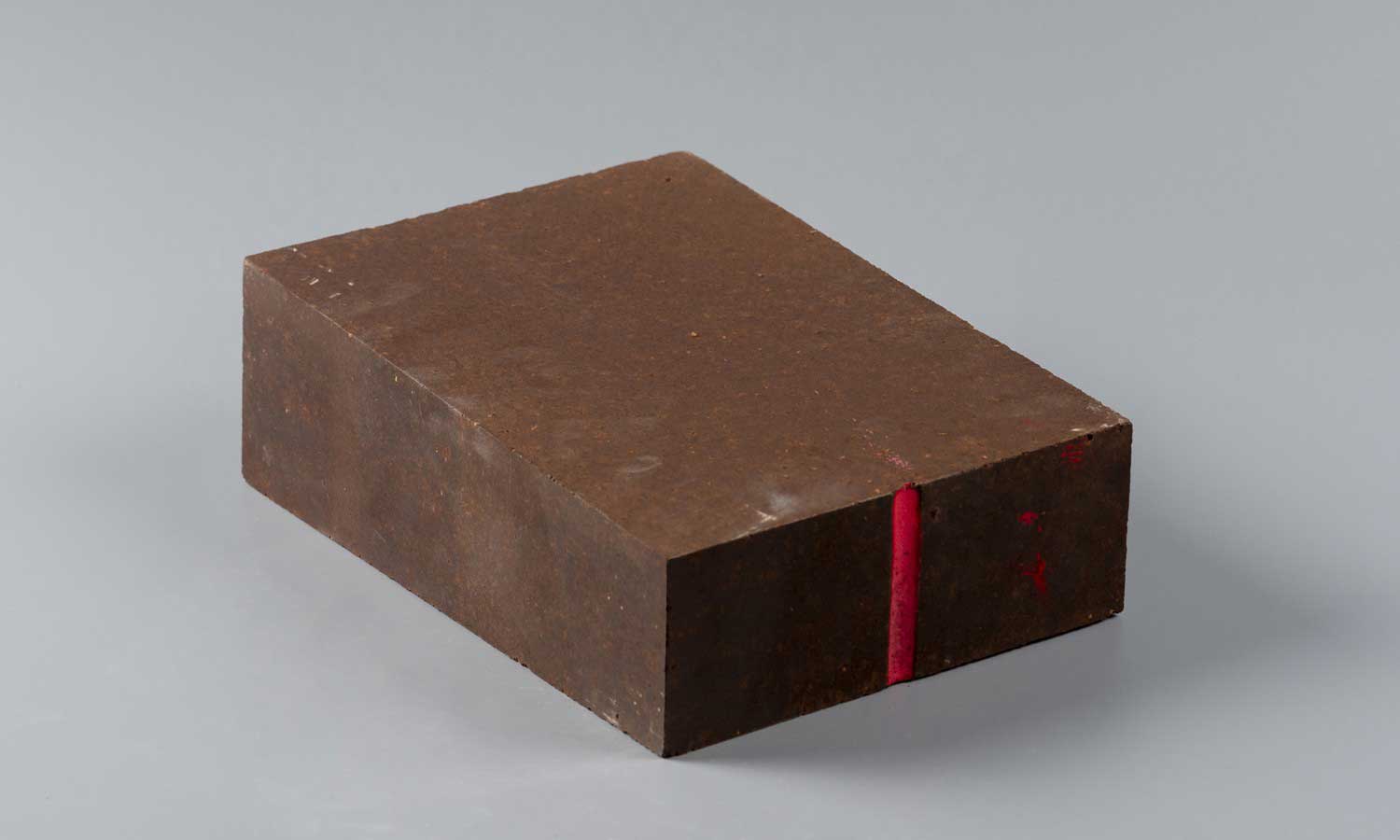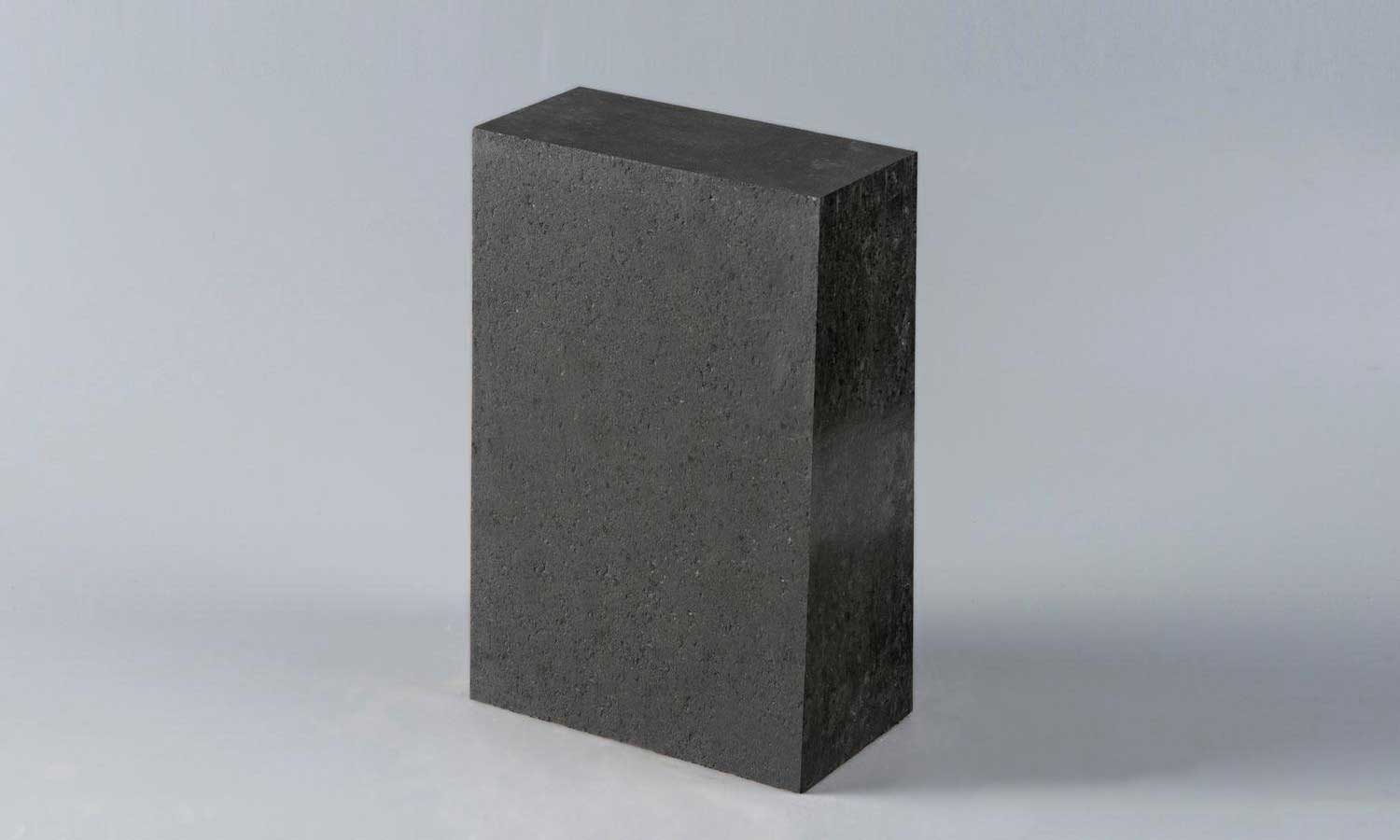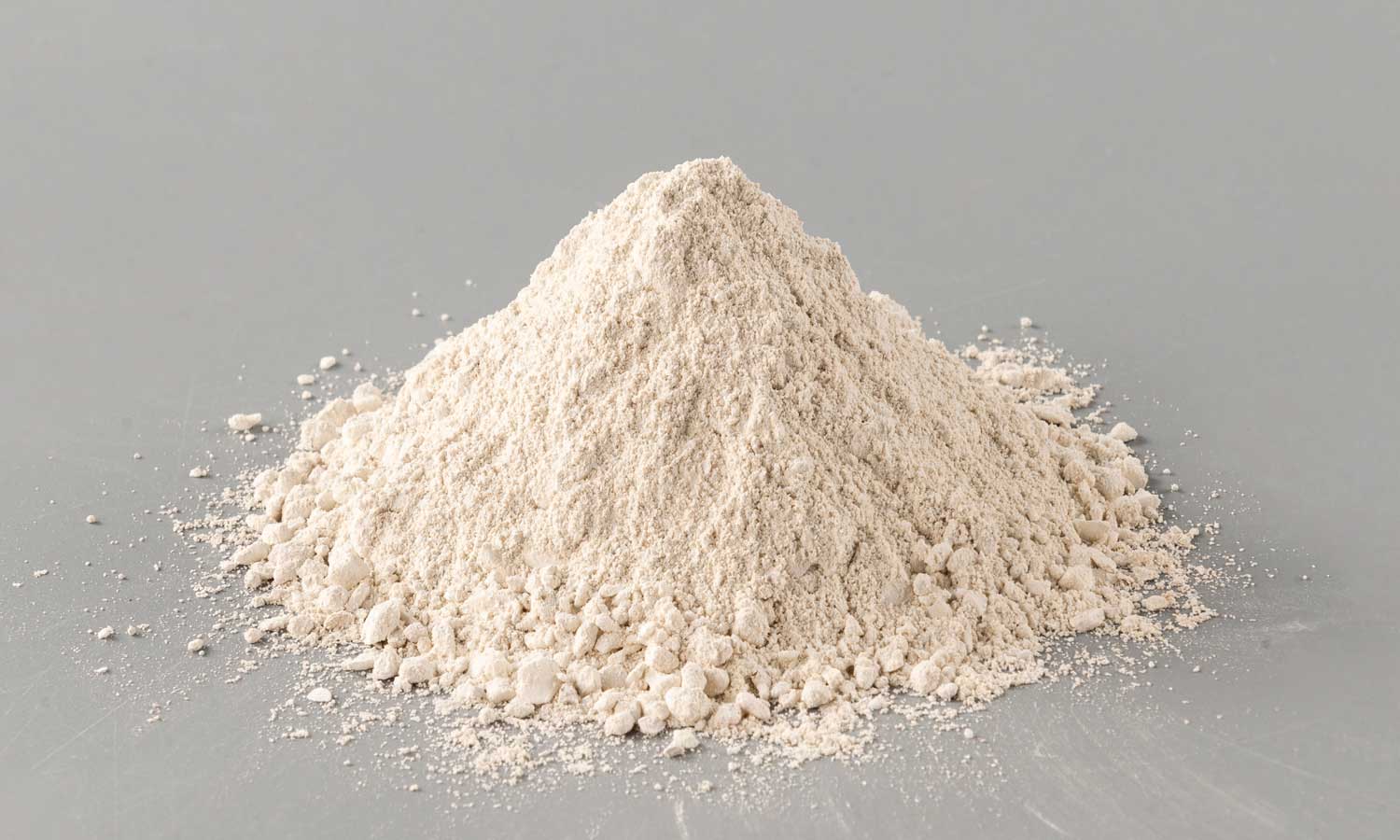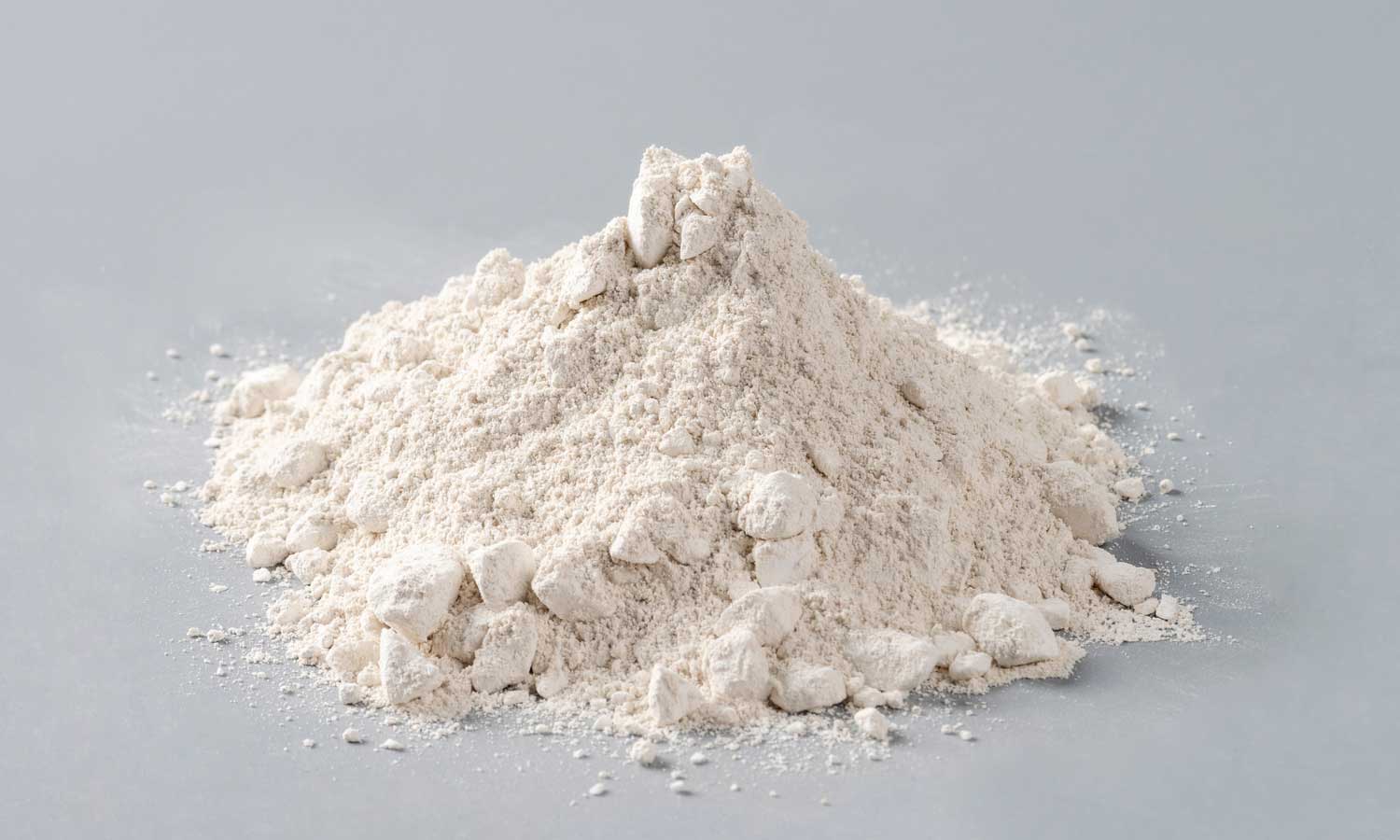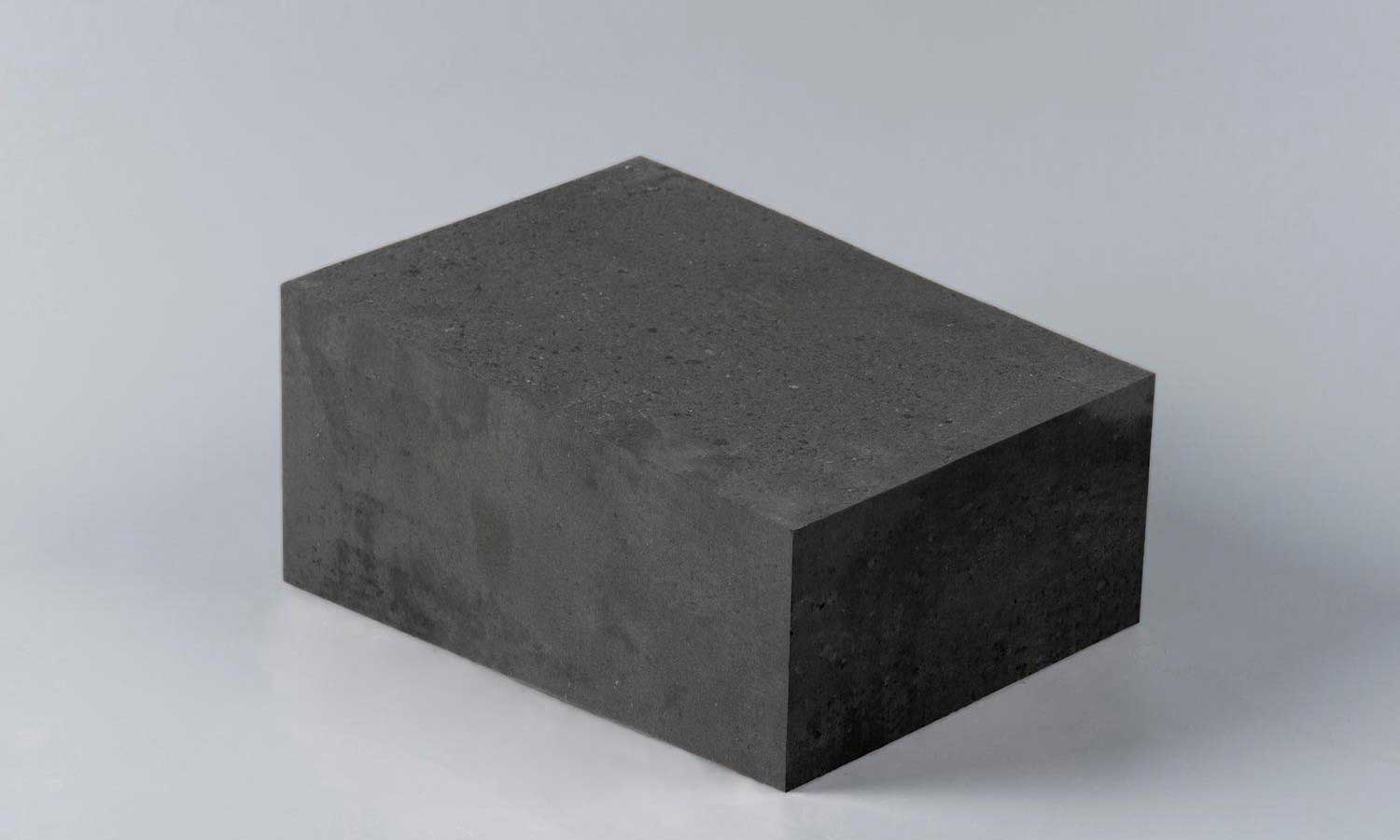Description
Magnesia-alumina spinel bricks are refractory materials primarily composed of magnesite (MgO) and bauxite (Al2O3), which form the spinel phase (MgAl2O4)through sintering. Spinel is a mineral with a high melting point, excellent thermal stability, and corrosion resistance. The adding of spinel enhances the overall performance of the bricks, especially high-temperature resistance, corrosion resistance and thermal shock resistance.
Advantages: low apparent porosity, high CCS, high modulus of rupture at high temperature, corrosion resistance, erosion resistance, good thermal shock stability. Magnesia alumina spinel brick is an ideal substitute for magnesia chrome bricks, an environmentally friendly product that eliminates Cr6+ pollution.
Specification
| Item | Grade | |||
| MA—90 | MA—85 | MA—80 | MA—75 | |
| ω(MgO)/%≥ | 90 | 85 | 80 | 75 |
| ω(Al₂O₃)/% | 3~8 | 5~12 | 8~17 | 8~12 |
| Apparent Porosity/%≤ | 17 | 17 | 16 | 19 |
| Bulk density/(g/cm³)≥ | 2.90 | 2.95 | 2.95 | 2.85 |
| Cold Crushing Strength/MPa≥ | 45 | 45 | 55 | 40 |
| 40 | 40 | 50 | 35 | |
| Refractoriness Under Load / 0.2 MPa T0.6/℃≥ | 1700 | 1700 | 1700 | 1650 |
| Thermal Shock Resistance(1100℃~cold)≥ | 3 | 8 | 12 | 8 |
Product Size: We offer refractory brick sizes that comply with ISO, EN, ASTM, JIS, etc, and customized sizes.
| VDZ Standard | ||||||
| Brick Type | Size | Diameter | volume | |||
| a | b | h | l | D1) | ||
| mm | mm | mm | mm | mm | dm3 | |
| B322 | 76.5 | 66.5 | 220 | 198 | 3366 | 3.11 |
| B422 | 75.0 | 68.0 | 220 | 198 | 4714 | 3.11 |
| B622 | 74.0 | 69.0 | 220 | 198 | 6512 | 3.11 |
| ISO Standard | ||||||
| Brick Type | Size | Diameter | volume | |||
| a | b | h | l | D1) | ||
| mm | mm | mm | mm | mm | dm3 | |
| 320 | 103.0 | 89.0 | 200 | 198 | 3000 | 3.8 |
| 420 | 103.0 | 92.5 | 200 | 198 | 4000 | 3.87 |
| 620 | 103.0 | 96.2 | 200 | 198 | 6176 | 3.94 |
| 322 | 103.0 | 88.0 | 220 | 198 | 3080 | 4.16 |
| 422 | 103.0 | 91.5 | 220 | 198 | 4017 | 4.24 |
| 622 | 103.0 | 95.5 | 220 | 198 | 6160 | 4.32 |
| 425 | 103.0 | 90.0 | 250 | 198 | 4038 | 4.78 |
| 625 | 103.0 | 94.5 | 250 | 198 | 6176 | 4.89 |
| 825 | 103.0 | 96.5 | 250 | 198 | 8077 | 4.94 |

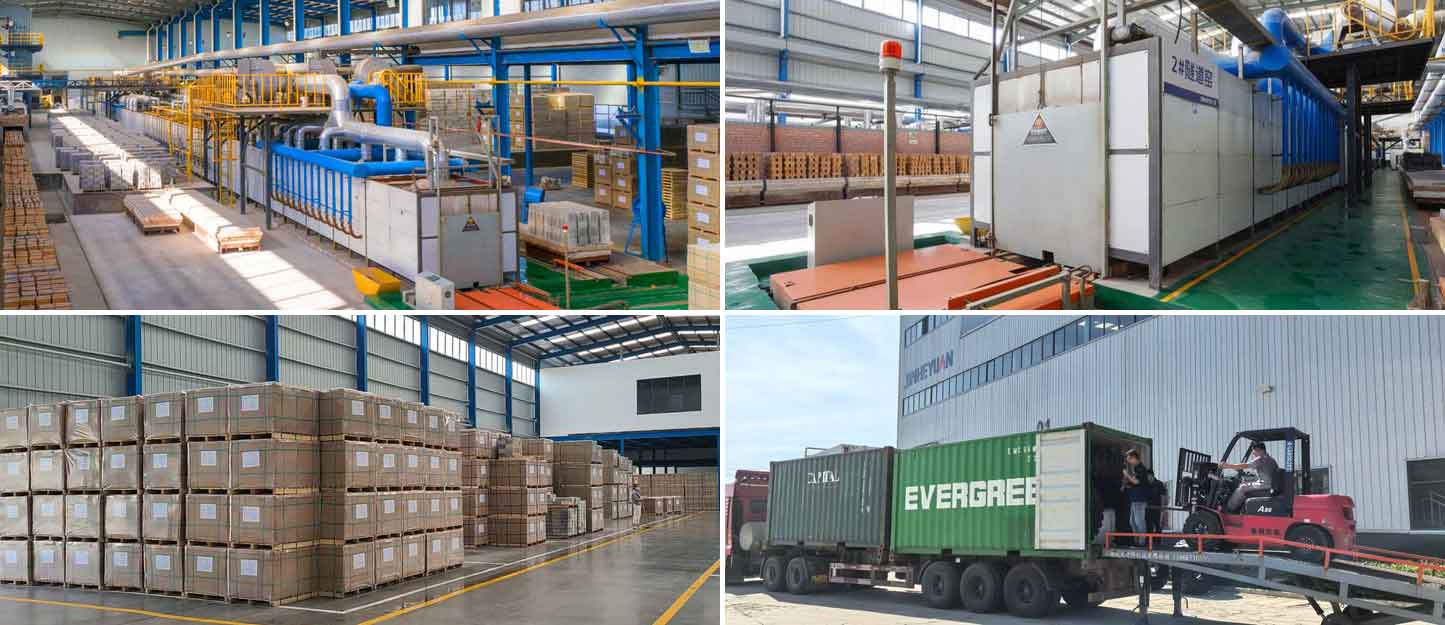
Applications
Widely used as linings and upper cones and other key parts of steel-making converters, electric furnaces, refining furnaces.
Used as linings in the smelting furnaces of non-ferrous metals such as copper, nickel, lead, and zinc.
Used in the cement rotary kilns, lime kilns and ceramic kilns.


